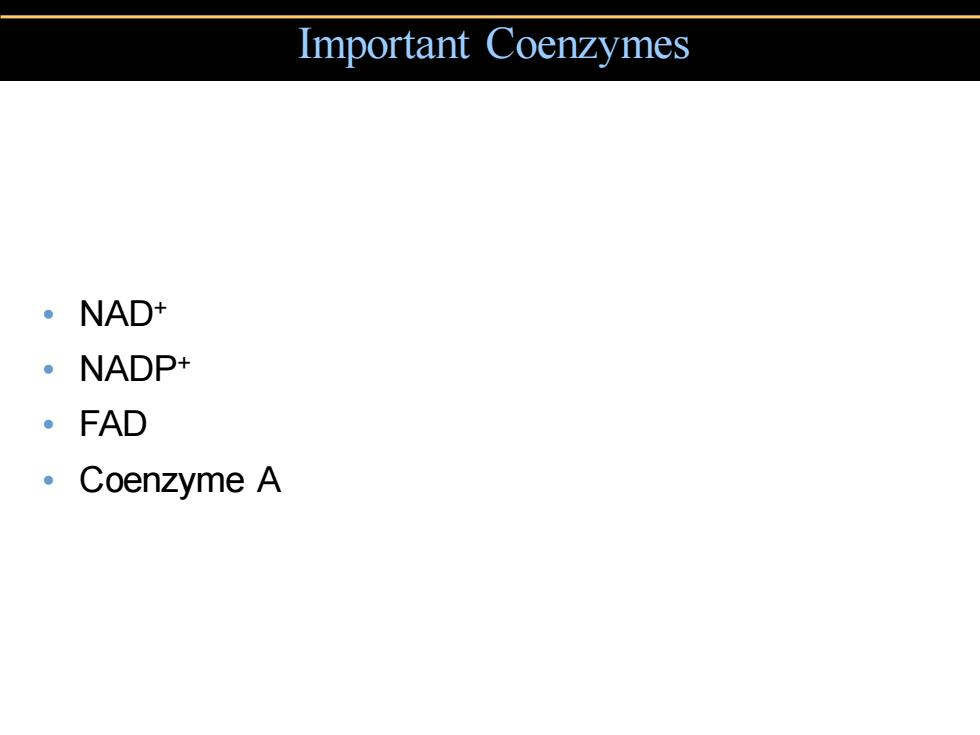
Chapter 5,part A Microbial Metabolism
Copyright © 2004 Pearson Education, Inc., publishing as Benjamin Cummings B.E Pruitt & Jane J. Stein Chapter 5, part A Microbial Metabolism

Microbial Metabolism Metabolism is the sum of the chemical reactions in an organism. Catabolism is the energy-releasing processes. Anabolism is the energy-using processes
Microbial Metabolism • Metabolism is the sum of the chemical reactions in an organism. • Catabolism is the energy-releasing processes. • Anabolism is the energy-using processes

Microbial Metabolism Catabolism provides the building blocks and energy for anabolism. Simple molecules such Heat as glucose,amino acids, released glycerol,and fatty acids Catabolic reactions Anabolic reactions transfer energy from transfer energy from complex molecules ATP to complex to ATP molecules ADP Complex molecules such Heat as starch,proteins,and released lipids Figure 5.1
• Catabolism provides the building blocks and energy for anabolism. Microbial Metabolism Figure 5.1

A metabolic pathway is a sequence of enzymatically catalyzed chemical reactions in a cell. Metabolic pathways are determined by enzymes. Enzymes are encoded by genes
• A metabolic pathway is a sequence of enzymatically catalyzed chemical reactions in a cell. • Metabolic pathways are determined by enzymes. • Enzymes are encoded by genes

The collision theory states that chemical reactions can occur when atoms,ions,and molecules collide. Activation energy is needed to disrupt electronic configurations. Reaction rate is the frequency of collisions with enough energy to bring about a reaction. Reaction rate can be increased by enzymes or by increasing temperature or pressure
• The collision theory states that chemical reactions can occur when atoms, ions, and molecules collide. • Activation energy is needed to disrupt electronic configurations. • Reaction rate is the frequency of collisions with enough energy to bring about a reaction. • Reaction rate can be increased by enzymes or by increasing temperature or pressure

Enzymes Reaction Activation without enzyme energy without enzyme Activation Reactant Reaction energy with enzyme with enzyme Initial energy level Final energy level Products Figure 5.2
Enzymes Figure 5.2

Enzymes Biological catalysts Specific for a chemical reaction;not used up in that reaction ·Apoenzyme:protein Cofactor:Nonprotein component Coenzyme:Organic cofactor Holoenzyme:Apoenzyme cofactor
• Biological catalysts • Specific for a chemical reaction; not used up in that reaction • Apoenzyme: protein • Cofactor: Nonprotein component • Coenzyme: Organic cofactor • Holoenzyme: Apoenzyme + cofactor Enzymes

Enz☑ymes Substrate Coenzyme Apoenzyme Cofactor Holoenzyme (protein portion), (nonprotein portion), (whole enzyme), inactive activator active Figure 5.3
Enzymes Figure 5.3

Important Coenzymes ·NADt 。NADP+ ·FAD 。Coenzyme A
• NAD+ • NADP+ • FAD • Coenzyme A Important Coenzymes

Enzymes The turnover number is generally 1-10,000 molecules per second. ubstrate Active site Products Enzyme Enzyme-substrate complex (a) Substrate Enzyme Enzyme Figure 5.4
• The turnover number is generally 1-10,000 molecules per second. Enzymes Figure 5.4